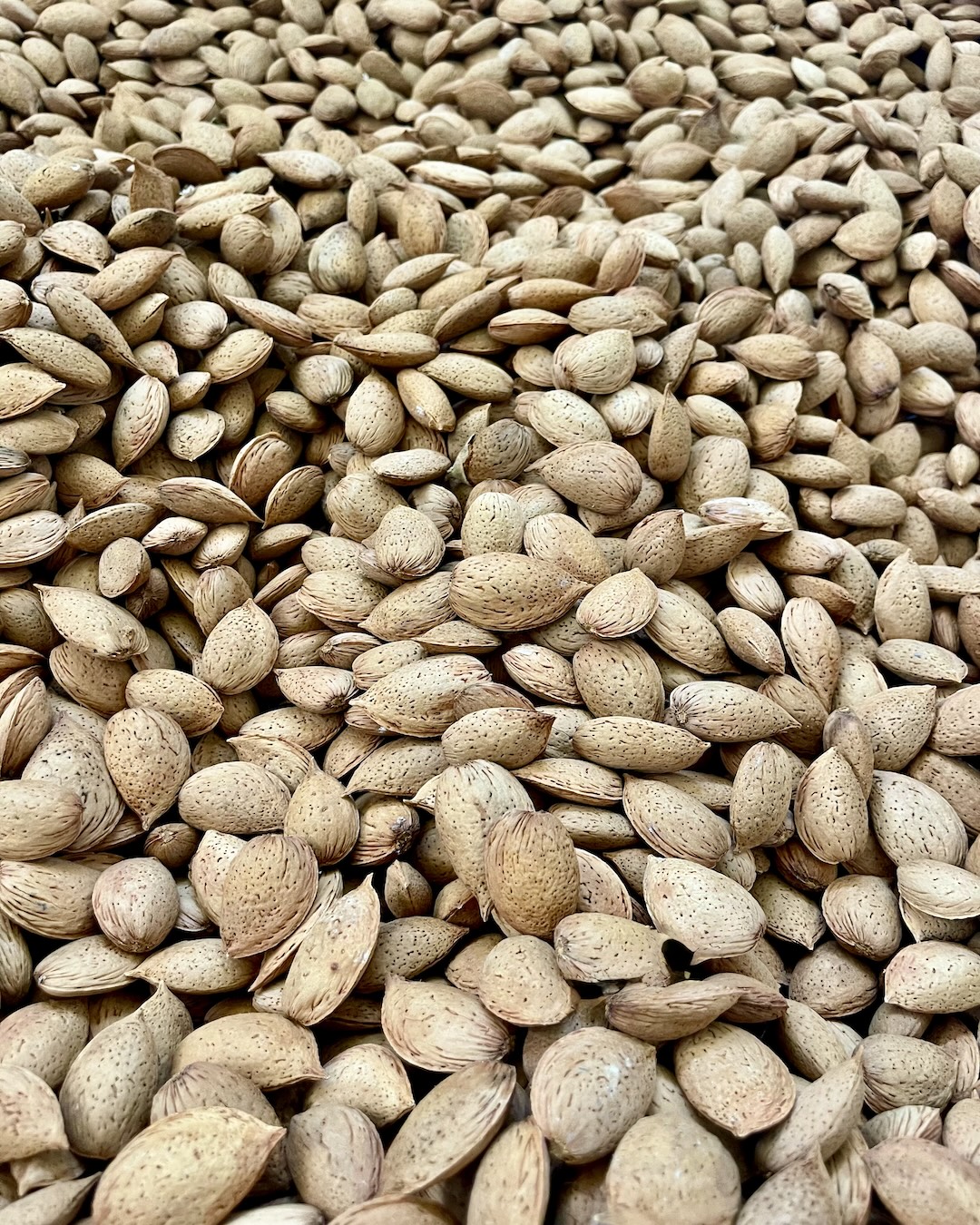
The Sicilian Prickly Pear
Sicily has many cacti, the most famous of which is the prickly pear, Opuntia ficus-indica, also known as Fico d’India. With its immense green prickly paddles and colourful fruit and flowers, it has become a symbol of the Sicilian landscape.

Origins

It originates from Mexico, where it is so much a part of the culture that it features on its flag. The Spaniards imported it in the 15th century, becoming an iconic part of the island’s landscape. The plant is resistant to heat and drought and has naturalised and made a home in Sicily’s rocky and dry terrain.
Culinary Use

The fruit, or tunas, are typically oval-shaped and vary in colour from yellow to purple to red. There is no need to be offended by market traders shouting ‘bastardoni’ or ‘big bastards’ as this is another name for the fruit. When ripe, they have a similar texture to watermelon, are sweet and juicy, and are used in jams, jellies, drinks and granita. When young, the pads (or cladodes) are sometimes used in traditional cuisine, such as salads.
Health Benefits

The prickly pear is not just delicious; it’s also a nutritional powerhouse. Rich in vitamin C, antioxidants and dietary fibre, it helps boost immunity, aid digestion, and regulate blood sugar levels. Traditional Sicilian remedies have long used it for hydration, inflammation relief and skin health.
Economic Importance

Sicily’s prickly pear is an economic asset. The Ficodindia dell’Etna D.O.P. (Protected Designation of Origin) certifies high-quality production from volcanic soils. Farmers carefully cultivate and harvest the fruit they export across Europe and beyond.
Fire Break
The prickly pear has a high water content, so it is sometimes cultivated along the boundaries of homes and fields as a natural firebreak.
Cultural Icon

The prickly pear is an icon of Sicilian culture - a plant that thrives despite harsh conditions. It symbolises resilience and tenacity and is often grown around homes, depicted in art, symbolised in ceramics and featured in proverbs and folklore.

Keep Reading



